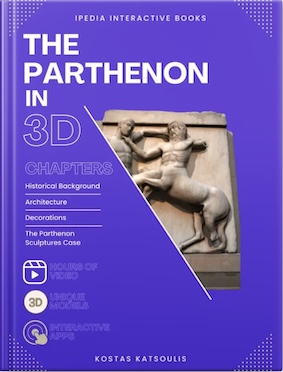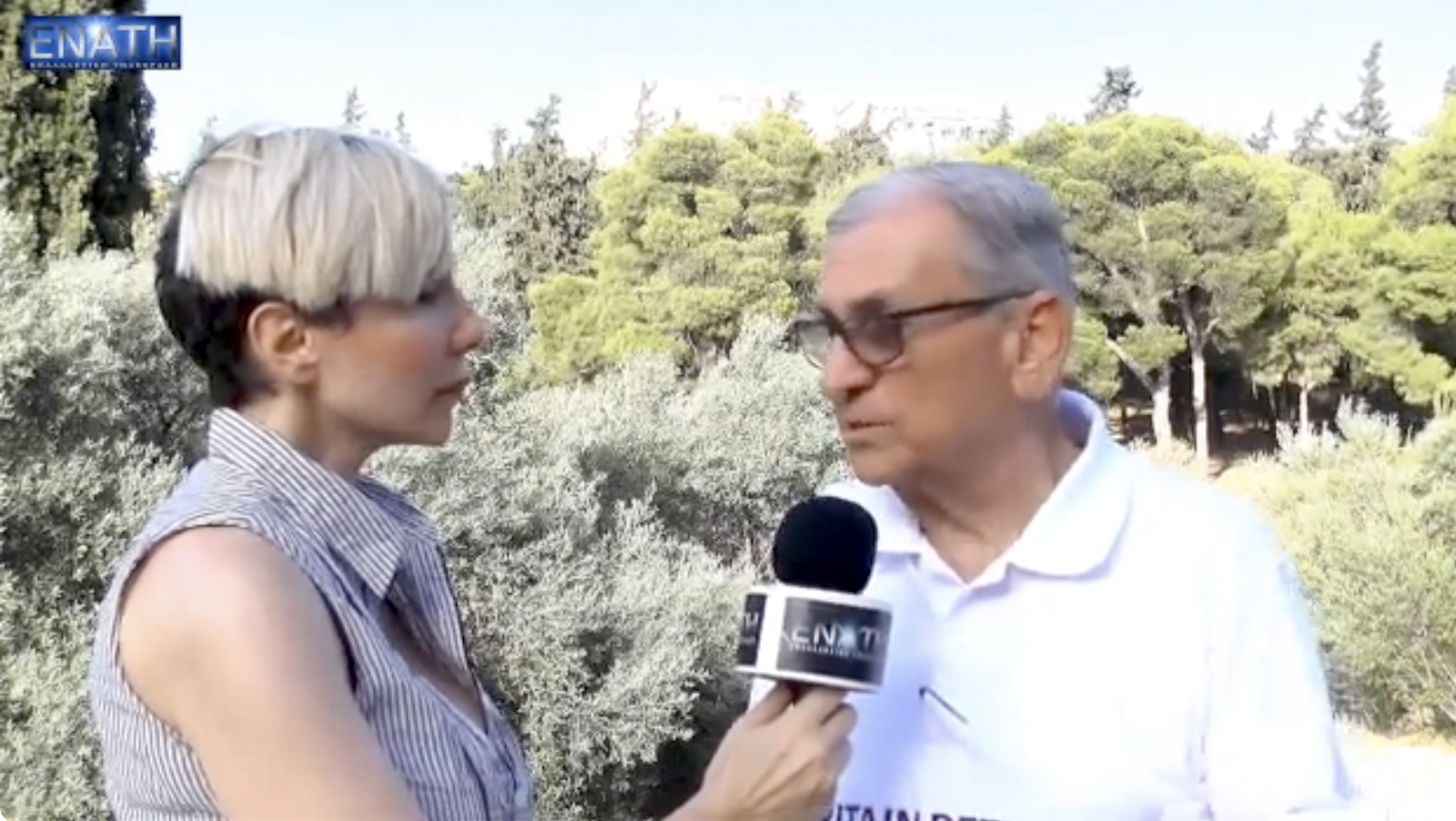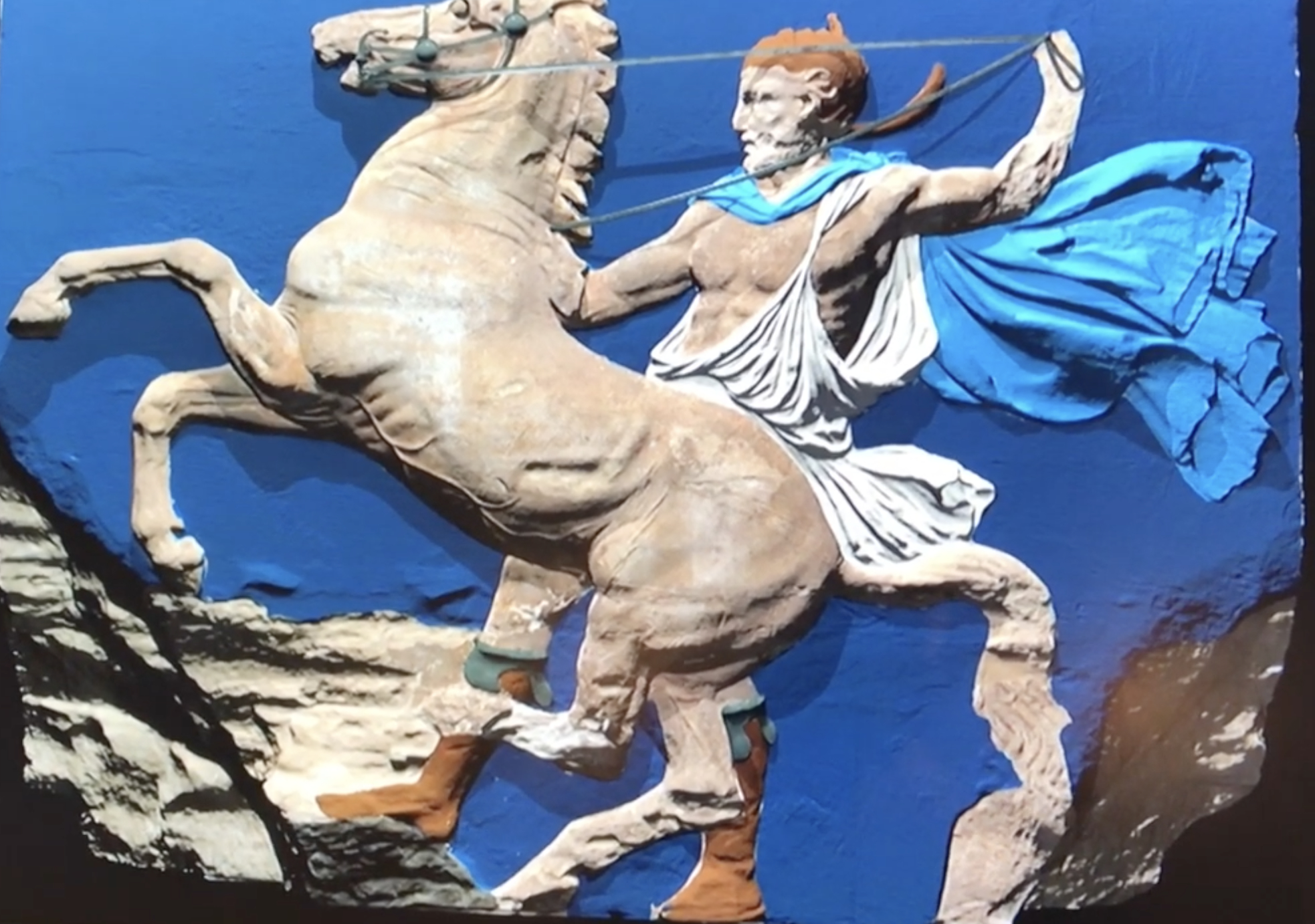 This article is the fourth in a five-part series discussing the restitution, repatriation, and return of cultural objects. Each part addresses a different category of return. The first article in the series addressed the restitution of stolen cultural objects. The second article (available here, here, and here) discussed developments in the restitution of cultural objects taken during World War II. The third article discussed the restitution of illicitly excavated and/or illicitly exported cultural objects. This article discusses the return of cultural objects removed during the period before legal norms developed protecting and prohibiting the destruction of cultural property during times of armed conflict, with particular reference to the long-standing dispute concerning the Parthenon sculptures. The remaining article (which will appear in coming weeks) will discuss issues in the repatriation of tribal and indigenous cultural objects.Cultural Property and Plunder in the Age of EmpiresIn thinking about some competing claims to cultural property, the well-worn line from William Faulkner rings true: “The past is never dead. It’s not even past.”[1] Many past practices, though commonplace and accepted in their day, are considered improper or unjust today. In the area of cultural property, it was common practice for millennia for invading or occupying powers to take as plunder or tribute the cultural treasures of the vanquished.[2] An international legal norm against these types of takings only began to emerge in the mid-19th century and even then it was the early 20th century before those norms crystalized into generally accepted (and enforceable) international legal rules (even so, it applied only to destruction or plunder of cultural property during periods of armed conflict, and said nothing of the protection of cultural property during peacetime). Inevitably, many public and private collections around the world contain objects that were removed – and perhaps more than once – during this long age of plunder.[3]As Prof. John Henry Merryman observed:
This article is the fourth in a five-part series discussing the restitution, repatriation, and return of cultural objects. Each part addresses a different category of return. The first article in the series addressed the restitution of stolen cultural objects. The second article (available here, here, and here) discussed developments in the restitution of cultural objects taken during World War II. The third article discussed the restitution of illicitly excavated and/or illicitly exported cultural objects. This article discusses the return of cultural objects removed during the period before legal norms developed protecting and prohibiting the destruction of cultural property during times of armed conflict, with particular reference to the long-standing dispute concerning the Parthenon sculptures. The remaining article (which will appear in coming weeks) will discuss issues in the repatriation of tribal and indigenous cultural objects.Cultural Property and Plunder in the Age of EmpiresIn thinking about some competing claims to cultural property, the well-worn line from William Faulkner rings true: “The past is never dead. It’s not even past.”[1] Many past practices, though commonplace and accepted in their day, are considered improper or unjust today. In the area of cultural property, it was common practice for millennia for invading or occupying powers to take as plunder or tribute the cultural treasures of the vanquished.[2] An international legal norm against these types of takings only began to emerge in the mid-19th century and even then it was the early 20th century before those norms crystalized into generally accepted (and enforceable) international legal rules (even so, it applied only to destruction or plunder of cultural property during periods of armed conflict, and said nothing of the protection of cultural property during peacetime). Inevitably, many public and private collections around the world contain objects that were removed – and perhaps more than once – during this long age of plunder.[3]As Prof. John Henry Merryman observed:
Aggressive art imperialism became institutionalized under the Romans, beginning with the looting of cultural property by Roman forces in the sack of Veii, ‘the richest and most powerful city of the Etruscan nation,’ in 396 B.C. …The art was desired for itself but also for its role in political triumphalism: the practice of prominently displaying loot on the return to Rome in order to stimulate public admiration for the generals and their legions and public approval and support for the imperial enterprise. Many of these triumphal objects were displayed in the Roman Forum, which became the world’s first great outdoor art museum.
The same pattern was followed in the Eastern Empire.[4]
One of the earliest artworks documented to have been plundered is a victory stele of Naram-Sin of Akkadia, which was erected in the city of Sippar to commemorate a victory in battle in ca. 2250 B.C.E. When the Elamites conquered the area in ca. 1158 B.C.E., they carried off the stele as war booty, erecting it in their own city of Susa, in the territory of present-day Iran, and adding to it an inscription recording King Shutruk-Nahhunte I’s victory.[5] In Jerusalem, the Temple of Solomon was looted and burned in 586 B.C.E., rebuilt a generation later, only to be sacked and destroyed by the Romans under the Emperor Titus in 70 C.E.[6] A panel on the Arch of Titus in the Roman Forumshows soldiers carrying off the treasures of the Second Temple.
But removal of cultural property in this time was not simple destruction. The four horses that famously adorn the entrance to St. Mark’s Basilica may cast some light on how complex the issues surrounding cultural objects taken in this manner can be. The horses were taken from Constantinople as trophies during the Fourth Crusade in the 13th century. However, it is likely that they were already in Constantinople as loot, brought there by Constantine from any of three possible locations. The horses were in turn taken from Venice by Napoleon and transported to Paris, along with many objects taken from areas his armies conquered. Venice is hardly alone in having incorporated plundered works into the fabric of the city. In fact, many of the world’s cities are bricolages of objects from disparate cultures and eras, ineluctably hybrid. Rome is dotted with obelisks, many of which were taken from Egypt by Emperor Augustus and others following the defeat of Mark Antony and Cleopatra. The obelisks were repurposed in the 16th century by Pope Sixtus V, marking Christian sites in the rebuilt city. Some of these objects that had been ancient trophies of war became materials in the creation of new works of art. Gian Lorenzo Bernini’s remarkable Elephant and Obelisk, for instance, modeled on a design from Francesco Colonna’sHypnerotomachia Poliphilli (1499) and erected in 1667 in the Piazza della Minerva in front of theChurch of S. Maria sopra Minerva, incorporates a small obelisk that had originally been erected in Lower Egypt by the Pharaoh Apries into the sculpture.
The Napoleonic Wars and the Beginnings of Change
At the end of the Napoleonic wars, the victorious allies required that the horses (and much of the art that Napoleon had plundered for the Musée Français, which would become the Musée du Louvre) be returned to the countries from which they were taken. Like the horses of San Marco, Napoleon’s forces also removed to Paris, among much else, the Laocoön and the Apollo Belvedere from the Vatican, the Ghent Altarpiece from Saint Bavo Cathedral in Ghent, Belgium.
But the return of cultural objects at the end of the Napoleonic wars was a harbinger of the normative shift to come. The massive dislocation of cultural property/national treasure during the Napoleonic wars brought a renewed focus and emphasis in the peace treaty negotiations in Paris in 1815 on the return of such removed objects. Lord Castlereagh, the British foreign minister engaged in the treaty negotiations, emphasized that the treaty must require the “return of statues, pictures, and other works of art” since “the States in question, one after another, had been systematically pillaged by the former Revolutionary Government of France, in spite of all principles of justice and customs of modern war.”[7] The Treaty of Paris, however, did not establish a rule in favor of the return of all removed cultural property. There was a notable preference for the rights of European states. Those that had been taken, for instance, from Egypt were not included in the treaty’s scope, and so for the most part they were not returned.
As Prof. Merryman has noted, with respect to the looting of art by the Third Reich:
The international law of war, which had not prohibited aggressive military art-looting campaigns like that of Napoleon in Italy in the late eighteenth century or the British Punitive Expedition in Benin in 1897, had radically changed by the time of the Nazis’ enterprise. Their seizure of works of art in occupied countries violated an international law prohibition on the confiscation of private property by aggressive occupying powers. This was, by 1939, a customary international law norm that had been formalized in Art 46 of the 1907 Hague Convention (Hague IV) on the Laws of War and in the Kellogg-Briand Pact of 1928, to both of which Germany was a party.[8]
About Kevin P Ray
Kevin Ray is Of Counsel in the Chicago office of Greenberg Traurig LLP. He focuses his practice in the areas of art and cultural heritage law and financial services (lending transactions and restructuring/insolvency matters). He represents and advises artists, art galleries, art collectors, museums and cultural institutions in a variety of transactions, including consignments, questions of title, provenance, and compliance with national and international law. He advises lenders and debtors on issues unique to art, antiquities and other cultural property in a variety of lending and commercial transactions. Prior to practicing law, Kevin was director of rare books, manuscripts and art collections at Washington University in St. Louis and taught at the Washington University School of Art.
Kevin is the author of Art and Cultural Property (forthcoming, American Bar Association Press, 2016), is a frequent speaker and writer on art and cultural heritage law issues, and is a frequent contributor to Greenberg Traurig’s art and cultural property law blog, Cultural Assets (http://www.gtlaw-culturalassets.com/ )
[1] William Faulkner, Requiem for a Nun (1951).
[2] The late Prof. John Henry Merryman of Stanford Law School described such historical practices as “aggressive art imperialism” and “aggressive art acquisition.” John Henry Merryman, “Introduction,” in John Henry Merryman, ed., Imperialism, Art and Restitution, 4-5 (2006).
[3] For a discussion of the changing norms concerning the plunder of cultural property, see Wayne Sandholtz, Prohibiting Plunder: How Norms Change (2007); Craig Forrest, International Law and the Protection of Cultural Heritage (2010; Colin Renfrew, Loot, Legitimacy and Ownership (2000); and Robin F. Rhodes, ed., The Acquisition and Exhibition of Cultural Antiquities: Professional, Legal and Ethical Perspectives (2007).
[4] John Henry Merryman, “Introduction,” in John Henry Merryman, ed., Imperialism, Art and Restitution, 4-5 (2006).
[5] Margaret M. Miles, Art as Plunder: The Ancient Origins of Debate About Cultural Property, 16 (2008).
[6] Id. at 18-19.
[7] Wojciech W. Kowalski, Art Treasures and War, 23 (1998)
[8] John Henry Merryman, ed., Imperialism, Art and Restitution, 7-8 (2006).








